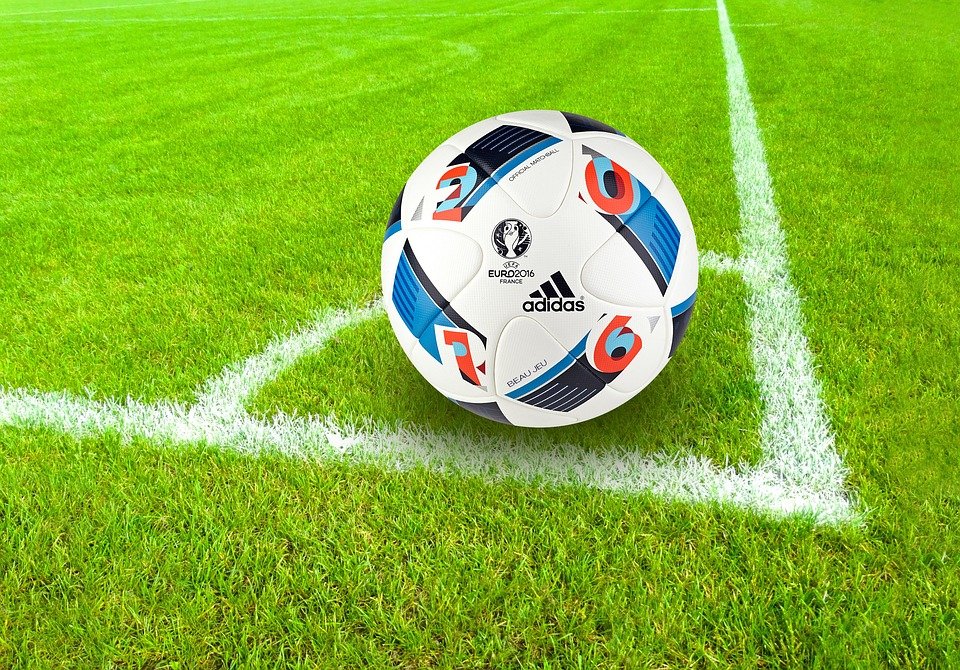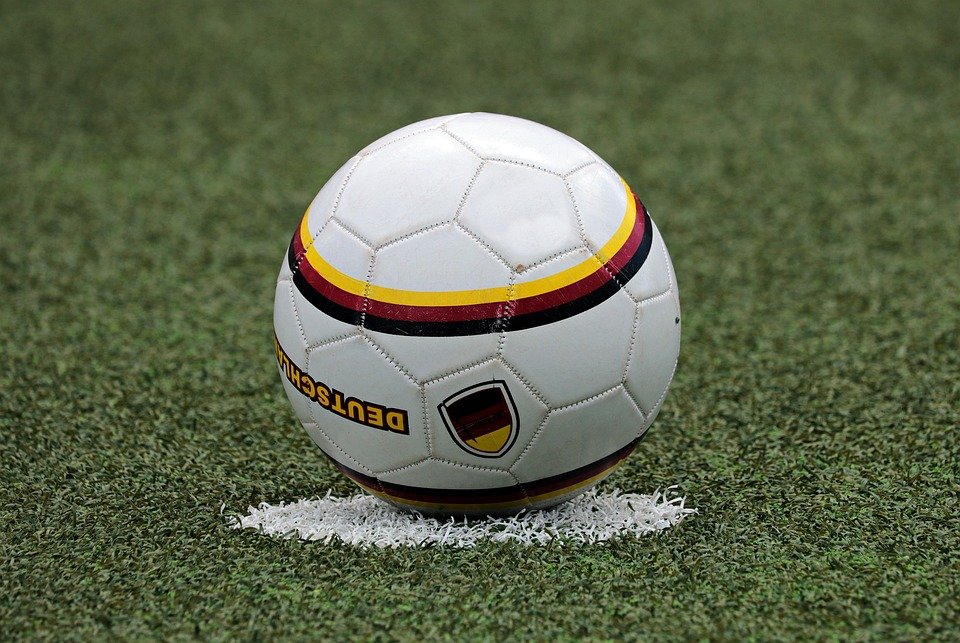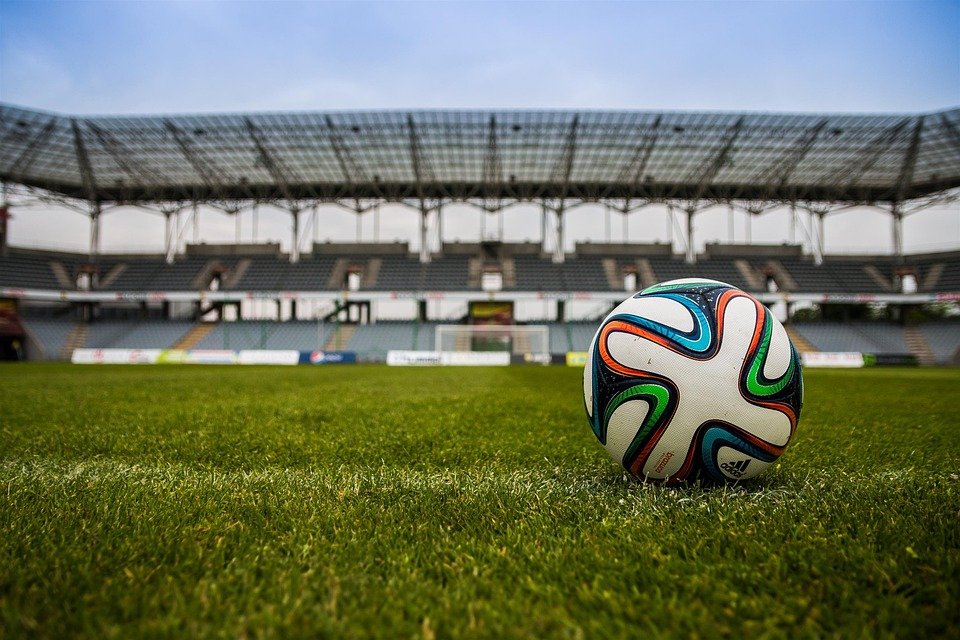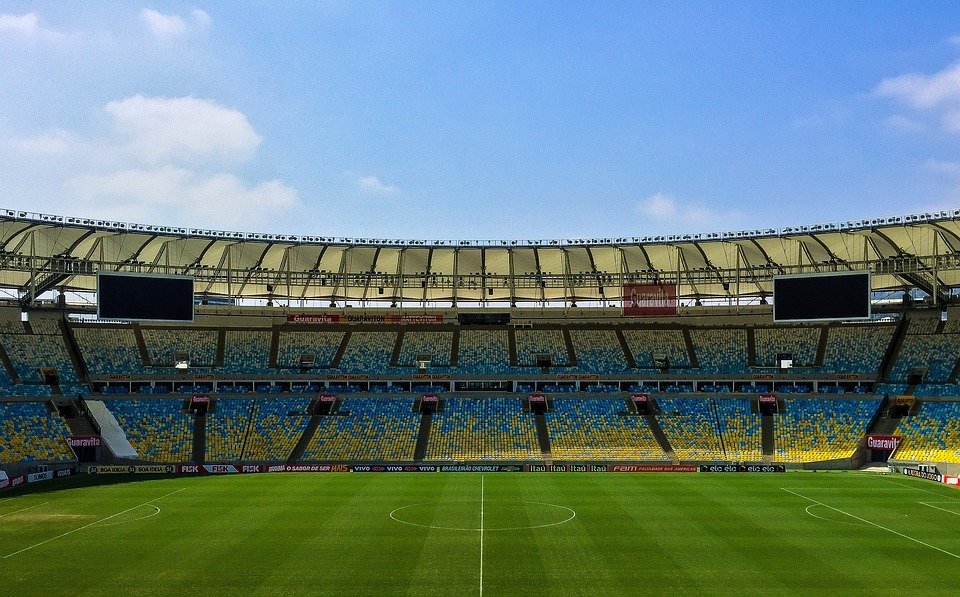How to build a football conditioning base
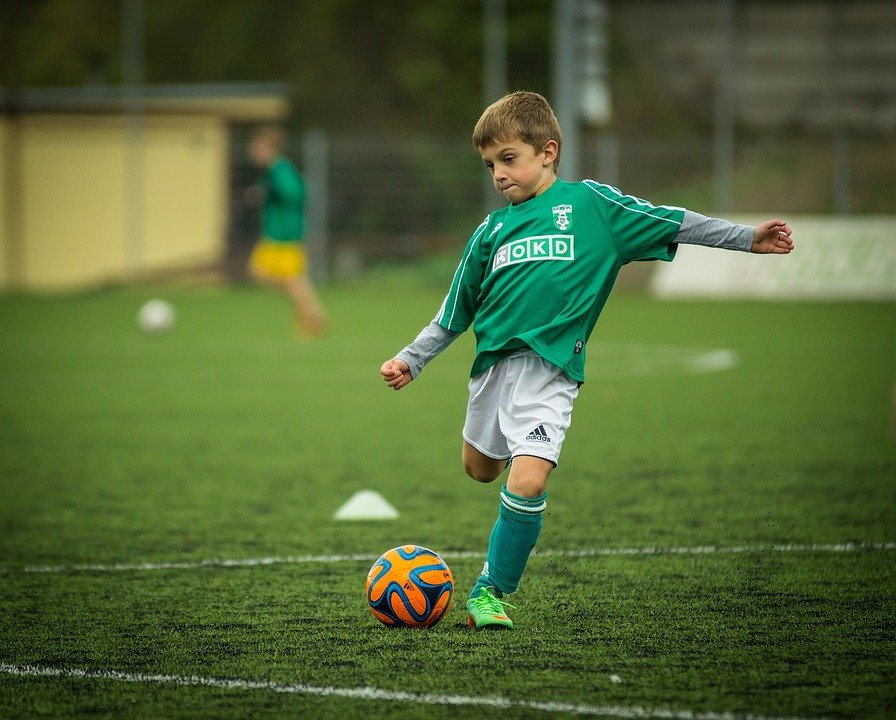
Football is a game where conditioning is of great importance when it comes to maximizing performance.
At the beginning of the pre-season, most coaches today focus a lot on building an aerobic base to prepare players for the season.
Build an air base
The term “air rule” has been used frequently over the past 10 to 20 years, and the reason for building this rule is the evidence that a player runs 8 to 12 kilometers during a football match over the course of 90 minutes.
So far, so good. But when it comes to the distance covered during a soccer game, shouldn’t we really focus on how we get to that distance, rather than just the distance itself?
Is actual distance the most important aspect?
Sure, a professional soccer player can run 11-12 kilometers during a match, but that distance is not achieved by running long distances at the same pace throughout the game, quite the opposite.
What differentiates a world-class athlete from an average player is not necessarily the distance covered, but rather the number of runs and high-intensity sprints done.
Long distance running will make your players slower and weaker
If you still think long-distance running is the way to adapt for soccer, this should change your mind.
Long-distance running will stimulate your slow muscle fibers, which means your body adjusts to the slow cadence set during a long-distance run, and over time your fast muscle fibers will “sink”, making you slower and weaker.
Football is a “strength sport”, where sprinting, extreme strength and jumping ability are paramount. Running for long distances will do the opposite for the players and make them weak and sluggish.
Is an air base needed?
Not the traditional way by running long distances. My philosophy on soccer conditioning is that everything should be done on the soccer field, and most conditioning should be specific to the sport, which means most of it should be done with the ball.
However, during the start of the pre-season, I build an aerobic base through sprinting.
Rhythm running is where players run about 75-80% of what they run when running that distance. The distance I use for rhythmic jogging is 100 meters (the length of a football field) and 200 meters (round trip).
The rule of thumb for distance and time is:
100 meters: 18-22 seconds
200 meters: 38-44 seconds
So, if they do 100m tempo runs, they should run at a pace where it will take 18-22 seconds to run 100m.
I use tempo running for 3-4 weeks, 2-3 sessions/week, increasing the distance 200-300m per workout. I coach a Boys 18 team, so if you’re coaching younger players, be a little more careful with the volume.
The first session might be 8 x 100m, then after that 10 x 100m, and then I would alternate the 100m with the 200m in the same session.
I often let the guys rest halfway for two minutes, and then let them run the rest of the distance after that.
Rhythm running It will help you build the necessary air base for soccer, and will ensure that your players stay strong and explosive.
